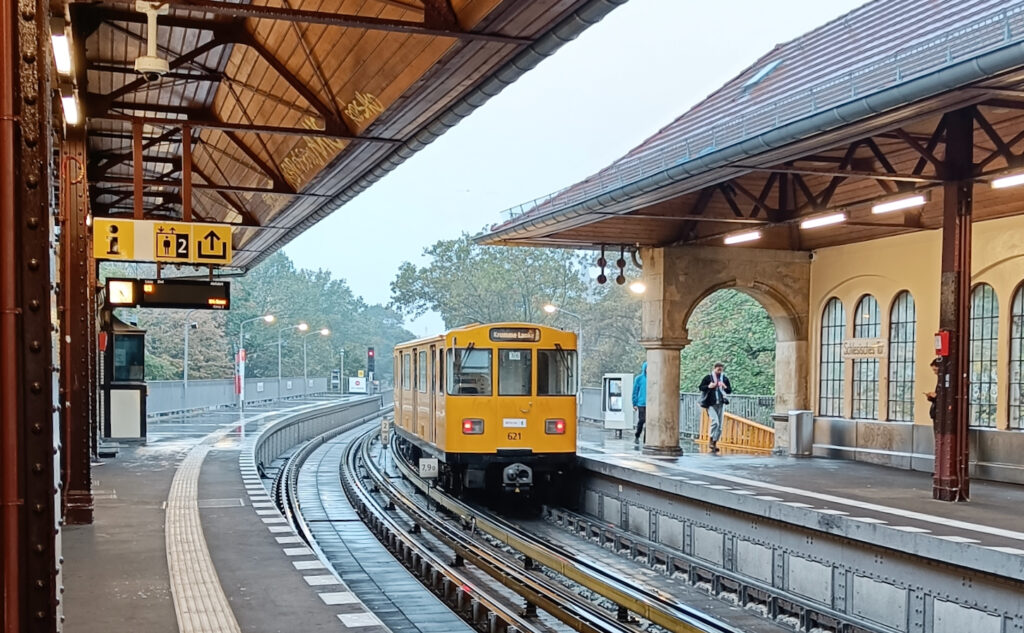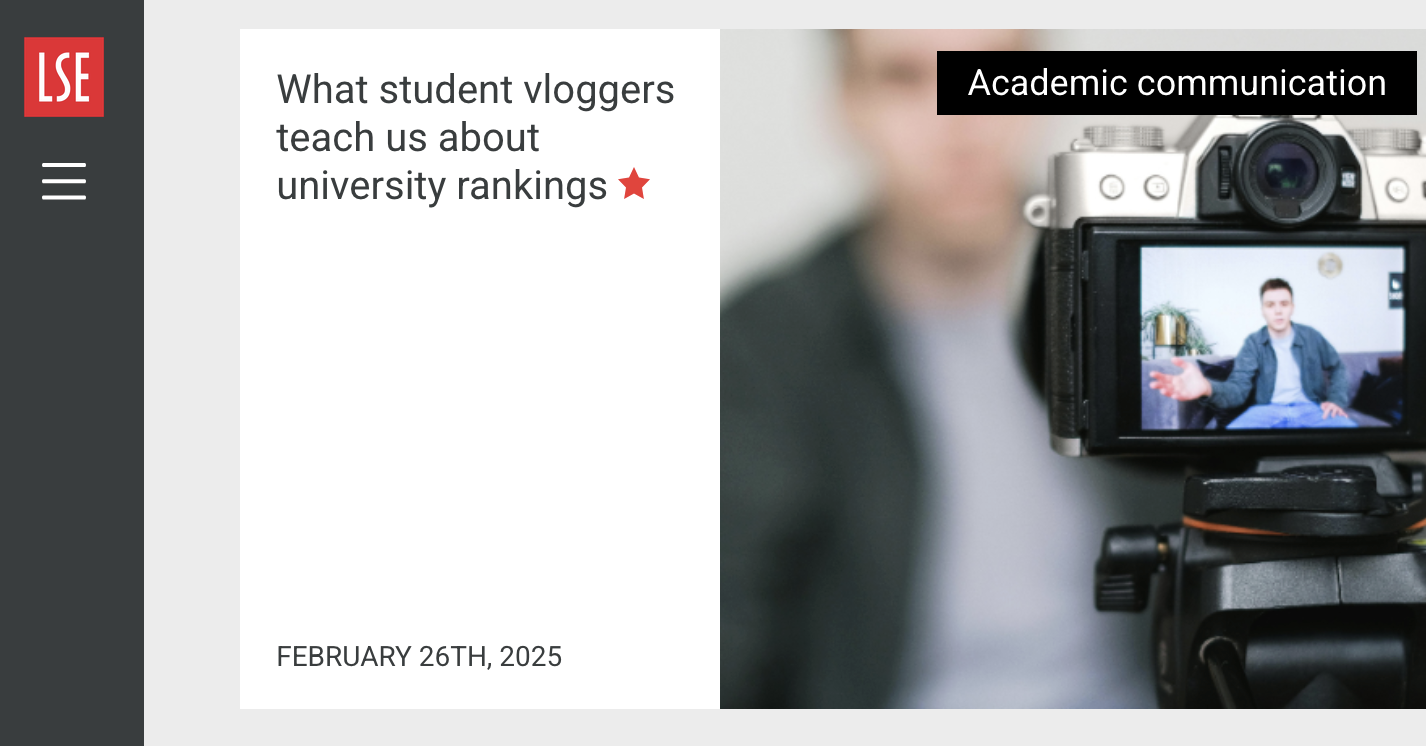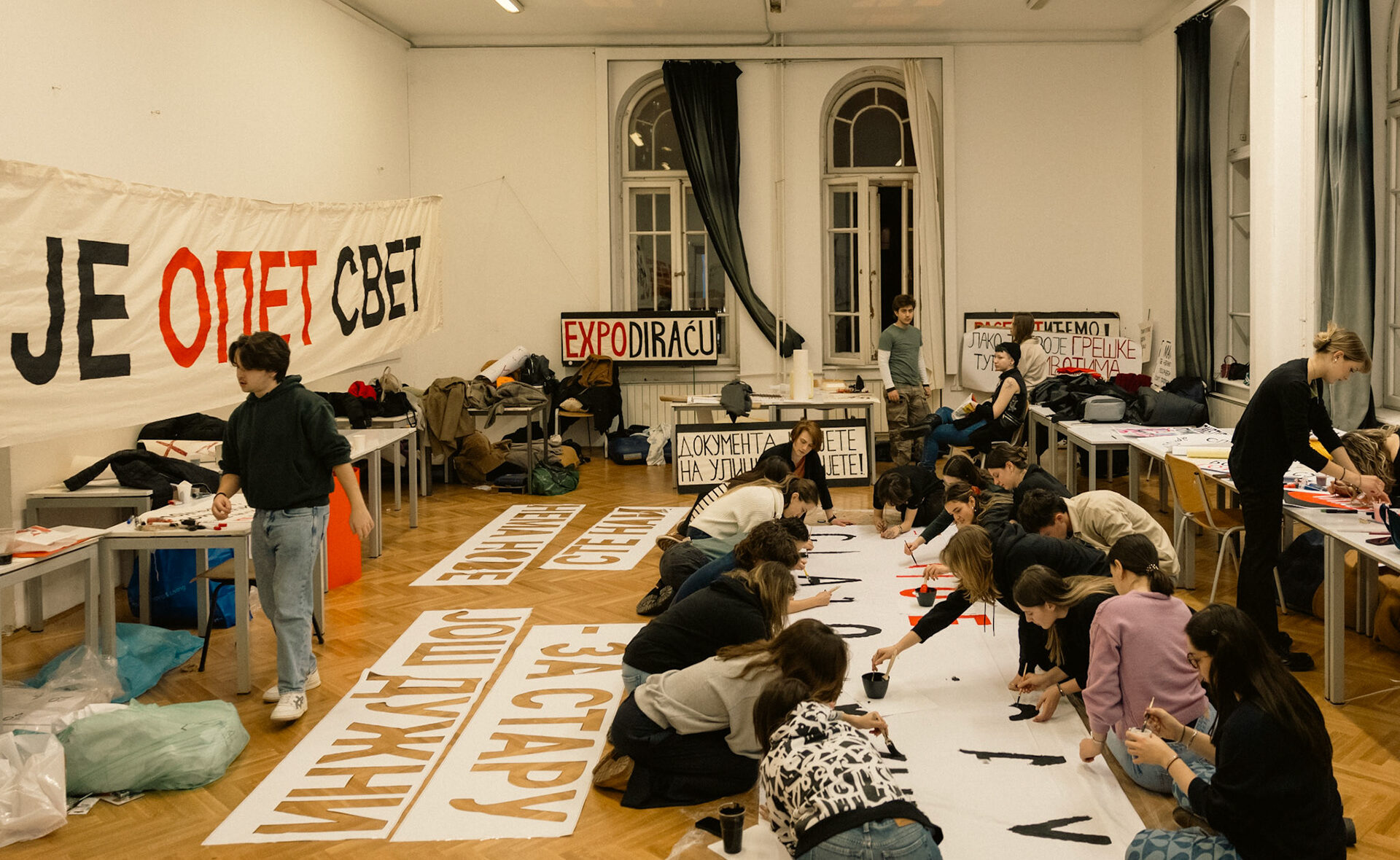The main research I am currently doing deals with the (history of) data and information infrastructures that treat universities as units of observation, comparison, and analysis. It is part of a project called “Datafying Universities: The social construction of organizations as statistical units,” for which I have received support from the German Research Foundation (DFG).
As the title suggests, its focus lies somewhere at the intersection of quantification and datafication, on the one hand, and universities as organizations, on the other. But, it is also a little bit more complicated (and more interesting!) than this.
So, what is the project about?
Today, more than ever before, universities are being observed, compared, and evaluated through the lens of a growing amount of data. To anyone who even marginally follows the developments in higher education or science policy these days, this is hardly news (you may want to check out this article, for example). Even for those who do not follow, things like university rankings may still ring a bell, although rankings are only a (relatively) small part of a much larger phenomenon that this research aims to canvass.
When we look at the literature that deals with the growing importance of data in contemporary society, the interest is typically on individual-level transactional data, varieties of “big data,” and the transformative effect of recent digital technologies. In contrast, this research looks at the production of large volumes of data centering on organizations as discrete, countable, and comparable units of analysis. The organizations I am empirically interested in are universities and, by extension, other types of higher education institutions. More generally, however, I expect some of the findings to be relevant for other kinds of organizations as well, not least because we do see something similar happening beyond just the university sector (as reported by e.g., Davis 2010).
Additionally—but crucially—I am also looking at situating the recent increase in the availability of this type of data within the historical interest in empirically driven cross-national comparisons of universities. This interest, on the one hand, predates the post-2000 era credited with the onset of the “data revolution” and it is, on the other, marked by the continuous growth of the interest in said data and related information.
What does it mean to datafy universities? It means, in plain terms, to collect data on universities. I emphasize “on” because this particular project centers on the data collection done by different third parties. These third parties span societal sectors and include governmental, non-governmental, academic, and commercial actors, have different (converging and diverging) interests in (datafying) universities, and have distinct histories of involvement in observing and serving the university sector. These all are of interest here.
But to datafy universities is at the same time more than just to collect data on them, for it implies constructing universities as bounded and commensurable units and effectively treating them as if they were units of statistical observation. The aforementioned third parties do not collect data at random, but they typically do it with a particular purpose in mind, such as counting, comparing, classifying, or sorting universities, often on an international or even global scale.
Two caveats are in order here. First, the focus is not on the dynamics of datafication of/in (higher) education and/or science, or in the university sector in general, although these are undeniably important topics (and already excellently covered by other scholars, e.g., see Williamson, Komljenovic, Gulson 2024; Krüger 2020; Chen & Chan 2021). Second, while it may resemble commensuration (as defined by Espeland & Stevens 1998), I argue that datafication is a distinct process, insofar as it features repositories of data and information as cultural and material artifacts that mobilize social action.
This brings us to the central object of empirical interest in this research: data and information infrastructures that enable said datafication of universities. Here, the focus is not so much on the kind of data, their quality, or even how much data is being collected on universities by various third parties, as much as it is on the expanding infrastructural capacities for long-term collection and deployment of data. Put differently: my aim is to look at the underlying basis, or “substrata,” that seamlessly enables the flow of data and information on universities, from a historical-sociological perspective.
Understanding how these infrastructures operate is important, in particular when we consider the wide-ranging effects that such comparisons nowadays have, not only on things such as state funding and university strategy but also on research and teaching practices. More importantly perhaps, they are part and parcel of the way universities today are imagined, be it as a population of organizations, a global collectivity of some kind, or a social institution.
The sheer amount of literature out there that speaks to this topic, directly or indirectly, is nothing short of impressive and going into it here would make this post endless. Suffice it to say that it touches on several research domains, including sociology of knowledge, studies of information infrastructure, critical data studies, sociology of quantification, organizations, higher education research (and its history), and globalization studies. (I admit, “several” is an understatement.) And while the rather eclectic character of this conceptual terrain may not make the task easier, it does make it more interesting.
If you are working on something related, or similar, do not hesitate to get in touch!
Photo: U-Bahn-Station Schlesisches Tor, Berlin, October 2023. © Jelena Brankovic



